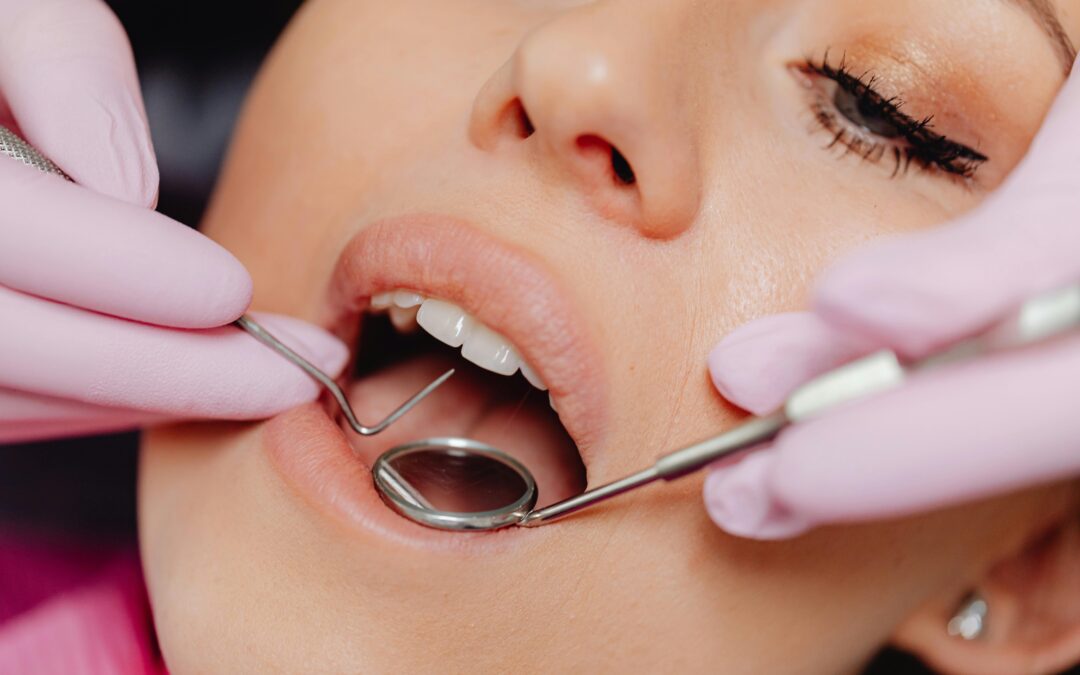Have you ever found yourself wondering about the underlying complexities of dental health and how to manage specific dental issues effectively? Dental health is a cornerstone of overall well-being, yet it is often neglected until problems become acute. This informative article aims to untangle dental problems and uncover hidden solutions, enabling you to make informed decisions regarding your oral health.
Understanding Common Dental Problems
Proper oral health care requires you to recognize common dental problems. Awareness is the first step towards prevention and effective management.
Tooth Decay
Tooth decay, often referred to as dental caries or cavities, is caused by a build-up of plaque on the teeth. Plaque, a sticky film composed mostly of bacteria, produces acids that erode the enamel, leading to decay.
- Causes: Poor oral hygiene, frequent consumption of sugary foods and drinks, dry mouth, and certain medical conditions.
- Symptoms: Toothache, sensitivity to hot or cold, visible holes or pits in the teeth, and pain when biting down.
Gum Disease
Gum disease, also known as periodontal disease, affects the tissues surrounding your teeth. It ranges from mild inflammation (gingivitis) to severe conditions (periodontitis) that can result in tooth loss.
- Causes: Poor oral hygiene leading to plaque buildup, smoking, diabetes, genetic susceptibility, and certain medications.
- Symptoms: Swollen, red, or bleeding gums, persistent bad breath, receding gums, and loose teeth.
Tooth Sensitivity
Tooth sensitivity involves discomfort or pain in teeth when exposed to certain stimuli such as hot, cold, sweet, or acidic foods and drinks. It typically occurs when the enamel wears down, exposing the underlying dentin.
- Causes: Tooth decay, worn enamel, exposed tooth roots, fractured teeth, and aggressive brushing.
- Symptoms: Sharp pain or discomfort when consuming hot, cold, sweet, or acidic items; discomfort during brushing or flossing.
Bad Breath
Persistent bad breath, medically termed halitosis, can result from poor oral hygiene, dietary habits, or underlying health issues.
- Causes: Food particles trapped between teeth, bacterial buildup, gum disease, dry mouth, smoking, and certain medical conditions.
- Symptoms: Noticeable odor from the mouth, white coating on the tongue, dry mouth, and unpleasant taste.
Preventive Measures for Dental Problems
Prevention is always better than cure. Adopting preventive measures can significantly reduce the risk of dental problems.
Proper Brushing and Flossing
Brushing and flossing are fundamental components of oral hygiene. Brush your teeth at least twice a day with fluoride toothpaste, and floss daily to remove food particles and plaque.
| Action | Frequency | Equipment Needed | Technique |
|---|---|---|---|
| Brushing | Twice daily | Fluoride toothpaste, soft-bristle brush | Gentle circular motions |
| Flossing | Once daily | Dental floss or floss picks | Gently sliding between teeth and along gums |
Balanced Diet
Your diet plays a crucial role in maintaining oral health. Consume a balanced diet rich in fruits, vegetables, lean proteins, and whole grains. Limit your intake of sugary food and drinks.
Regular Dental Checkups
Ensure regular dental checkups and cleanings every six months. Dentists can detect early signs of dental problems and provide appropriate interventions.
| Dental Health Practice | Frequency | Purpose |
|---|---|---|
| Dental checkups | Every 6 months | Early detection and prevention |
| Professional cleanings | Every 6 months | Removal of tartar and plaque |
| X-rays | As recommended | Monitor hidden cavities and issues |
Fluoride Treatments
Fluoride strengthens tooth enamel and helps prevent decay. It is found in toothpaste and some tap water. Your dentist may also recommend fluoride treatments.
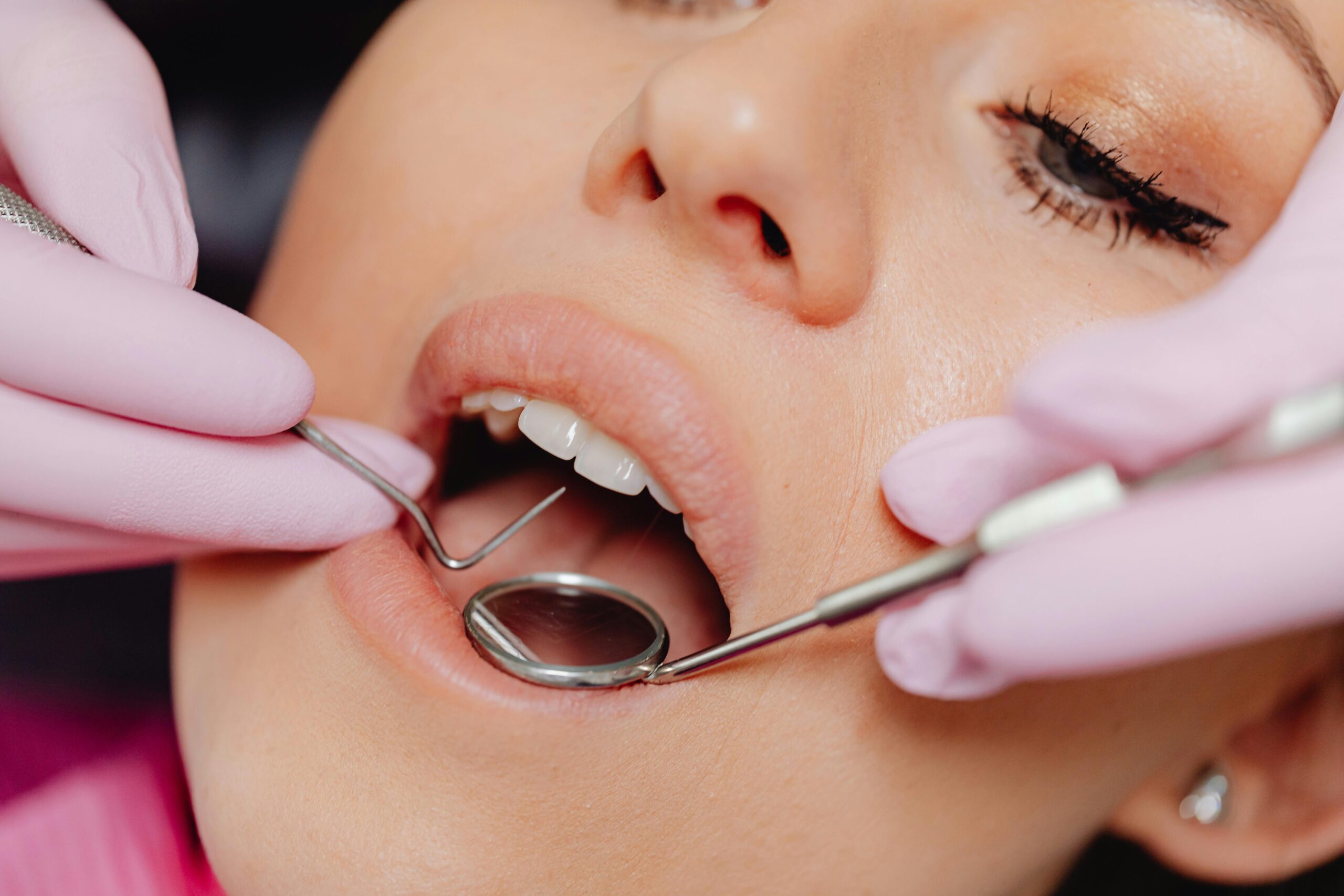
Solutions to Common Dental Problems
Knowing the solutions to common dental problems prepares you for effective management.
Addressing Tooth Decay
Tooth decay can be prevented and managed through various treatments.
- Fluoride Treatments: Professional fluoride treatments can stop early decay.
- Dental Fillings: A dentist removes decayed material and fills the cavity with materials such as composite resins or amalgam.
- Crowns: For severe decay, a crown can cover and protect the tooth.
- Root Canals: In cases where decay reaches the tooth’s pulp, a root canal may be necessary to remove the infected pulp and save the tooth.
Treating Gum Disease
Early intervention is essential to manage gum disease and prevent its progression.
- Scaling and Root Planing: This deep-cleaning procedure removes plaque and tartar from above and below the gumline.
- Medication: Antibiotic gels or mouth rinses might be prescribed to control bacterial infection.
- Surgical Treatments: For advanced gum disease, surgical procedures such as flap surgery or bone and tissue grafts may be necessary.
Mitigating Tooth Sensitivity
Several strategies can help alleviate tooth sensitivity:
- Desensitizing Toothpaste: Special toothpaste can help block nerve sensations.
- Fluoride Gel: A dentist may apply fluoride gel to strengthen enamel and reduce sensitivity.
- Dental Procedures: Bonding, sealants, or gum grafts can protect exposed tooth roots and reduce sensitivity.
Combating Bad Breath
Addressing the root cause of bad breath is critical for effective management.
- Improve Oral Hygiene: Brush and floss regularly, clean your tongue, and consider using an antibacterial mouthwash.
- Stay Hydrated: Drink plenty of water to avoid dry mouth.
- Dietary Changes: Avoid foods that cause bad breath and consume fibrous vegetables to stimulate saliva production.
- Address Underlying Conditions: Consult your dentist or doctor to treat any underlying medical issues contributing to halitosis.
Advanced Dental Solutions
For certain persistent or severe dental problems, advanced treatments may be necessary.
Dental Implants
Dental implants are a popular solution for missing teeth. They consist of a titanium post surgically placed into the jawbone, serving as an anchor for a replacement tooth.
- Advantages: Long-lasting, natural appearance, and preserves jawbone structure.
- Procedure: Involves multiple stages including implant placement, healing period, and attachment of the artificial tooth.
Orthodontic Treatments
Orthodontic treatments, such as braces or clear aligners, correct misaligned teeth and improve oral function.
- Purpose: Straighten teeth, improve bite, and enhance overall dental health.
- Options: Traditional metal braces, ceramic braces, or clear aligners like Invisalign.
Dental Veneers
Veneers are thin shells made of porcelain or composite that cover the front surface of teeth, improving their appearance.
- Benefits: They correct discolored, worn-down, chipped, or misaligned teeth.
- Process: Involves removing a small amount of enamel and bonding veneers to the teeth.
Gum Grafts
For individuals with severe gum recession, a gum graft may be needed. This procedure involves taking tissue from another part of your mouth and attaching it to the affected area.
- Purpose: Prevent further recession, reduce sensitivity, and improve appearance.
- Procedure: Typically performed by a periodontist under local anesthesia.
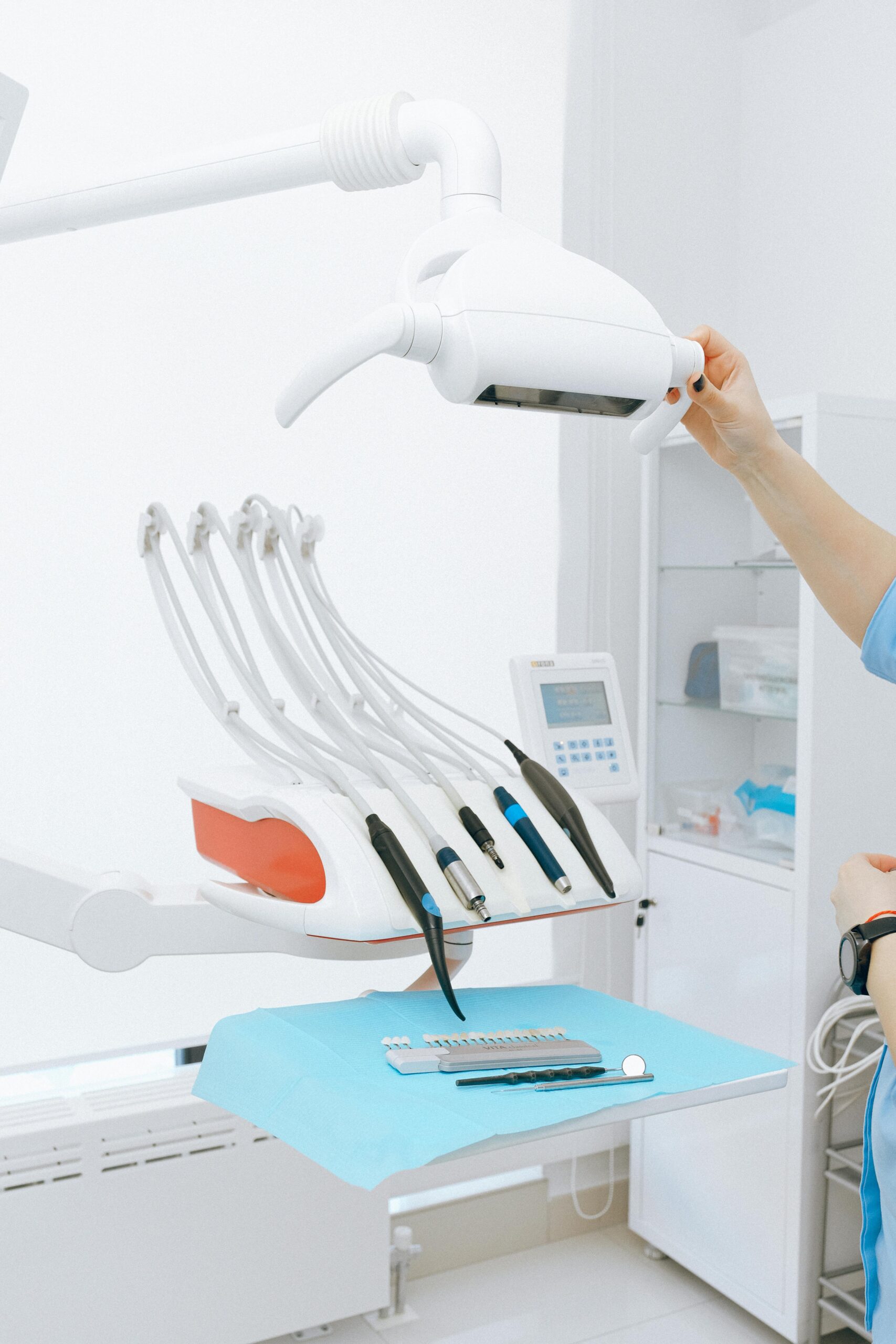
Improving Dental Health Through Lifestyle Changes
Your daily habits and lifestyle choices significantly impact your dental health. Small changes can lead to substantial benefits.
Smoking Cessation
Smoking negatively affects your oral health, leading to gum disease, tooth discoloration, and oral cancer. Quitting smoking can improve your overall health and reduce the risk of dental problems.
Limiting Alcohol Consumption
Excessive alcohol consumption can lead to dry mouth, increasing the risk of tooth decay and gum disease. Drink alcohol in moderation and stay hydrated.
Stress Management
Stress can impact your oral health by causing conditions like bruxism (teeth grinding). Implementing stress management techniques such as exercise, meditation, or hobbies can reduce the risk of stress-related dental issues.
Technological Advances in Dentistry
Advancements in dental technology have revolutionized the management and treatment of dental problems, offering patients more efficient and less invasive options.
Digital Imaging and X-rays
Digital imaging and X-rays provide clearer and more accurate images of your teeth and gums, aiding in the early detection and diagnosis of dental problems.
- Benefits: Reduced radiation exposure, enhanced image quality, and immediate results.
- Applications: Detection of cavities, monitoring bone health, and planning treatments.
Laser Dentistry
Laser dentistry utilizes high-energy light beams to treat various dental conditions.
- Uses: Treating gum disease, removing tooth decay, reshaping gum tissue, and teeth whitening.
- Advantages: Minimally invasive, reduced pain, and faster recovery times.
Computer-Aided Design and Manufacturing (CAD/CAM)
CAD/CAM technology enables the design and creation of precise dental restorations such as crowns, veneers, and bridges.
- Benefits: Accurate and customized restorations, reduced treatment time, and improved patient comfort.
- Process: Digital scans of the teeth are used to create restorations with high precision.
Teledentistry
Teledentistry leverages technology to provide remote dental consultations and care.
- Applications: Virtual consultations, follow-up appointments, and patient education.
- Advantages: Increased accessibility, convenience, and cost-effectiveness.
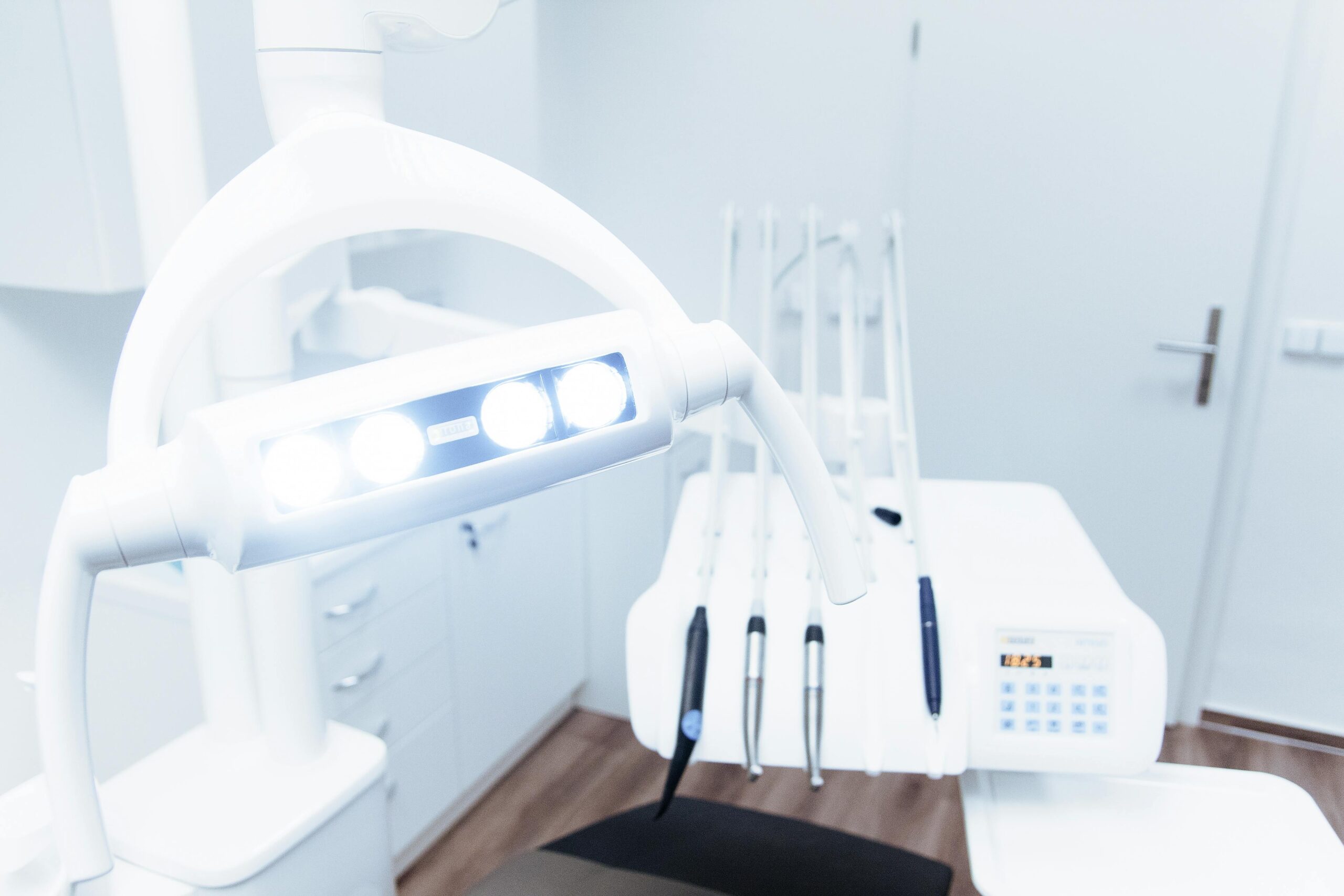
The Role of Oral Health in Overall Well-being
Maintaining good dental health is intrinsically linked to overall well-being. Poor oral health can adversely impact your general health in several ways.
Cardiovascular Health
Research indicates a connection between gum disease and cardiovascular conditions such as heart disease and stroke. Bacterial infection from the mouth can enter the bloodstream, causing inflammation and contributing to arteriosclerosis.
Diabetes Management
Diabetes and gum disease have a bidirectional relationship. Poorly managed diabetes increases the risk of gum disease, while gum disease can make blood sugar control more challenging. Maintaining oral health is crucial for effective diabetes management.
Respiratory Health
Bacteria from gum disease and infected teeth can be inhaled into the lungs, causing respiratory infections or exacerbating chronic conditions like asthma and COPD (Chronic Obstructive Pulmonary Disease).
Pregnancy Outcomes
Poor oral health during pregnancy is associated with adverse outcomes such as premature birth and low birth weight. Pregnant women should prioritize dental care to safeguard their health and that of their baby.
The Importance of Patient Education and Engagement
Being informed and proactive about your dental health empowers you to make better choices and seek appropriate care.
Educating Yourself
Understanding dental health basics, such as proper brushing and flossing techniques, dietary impacts, and recognizing early signs of dental issues, is imperative for prevention and management.
Asking Questions
Don’t hesitate to ask your dentist questions regarding your oral health. Clarify doubts about treatments, preventive measures, and home care practices.
Adherence to Treatment Plans
Following your dentist’s recommended treatment plans and maintaining regular appointments ensure effective management of dental problems and overall oral health.
Leveraging Resources
Take advantage of the wealth of resources available, including online articles, dental health apps, and educational materials provided by your dentist. These can offer valuable insights and help you stay on track.
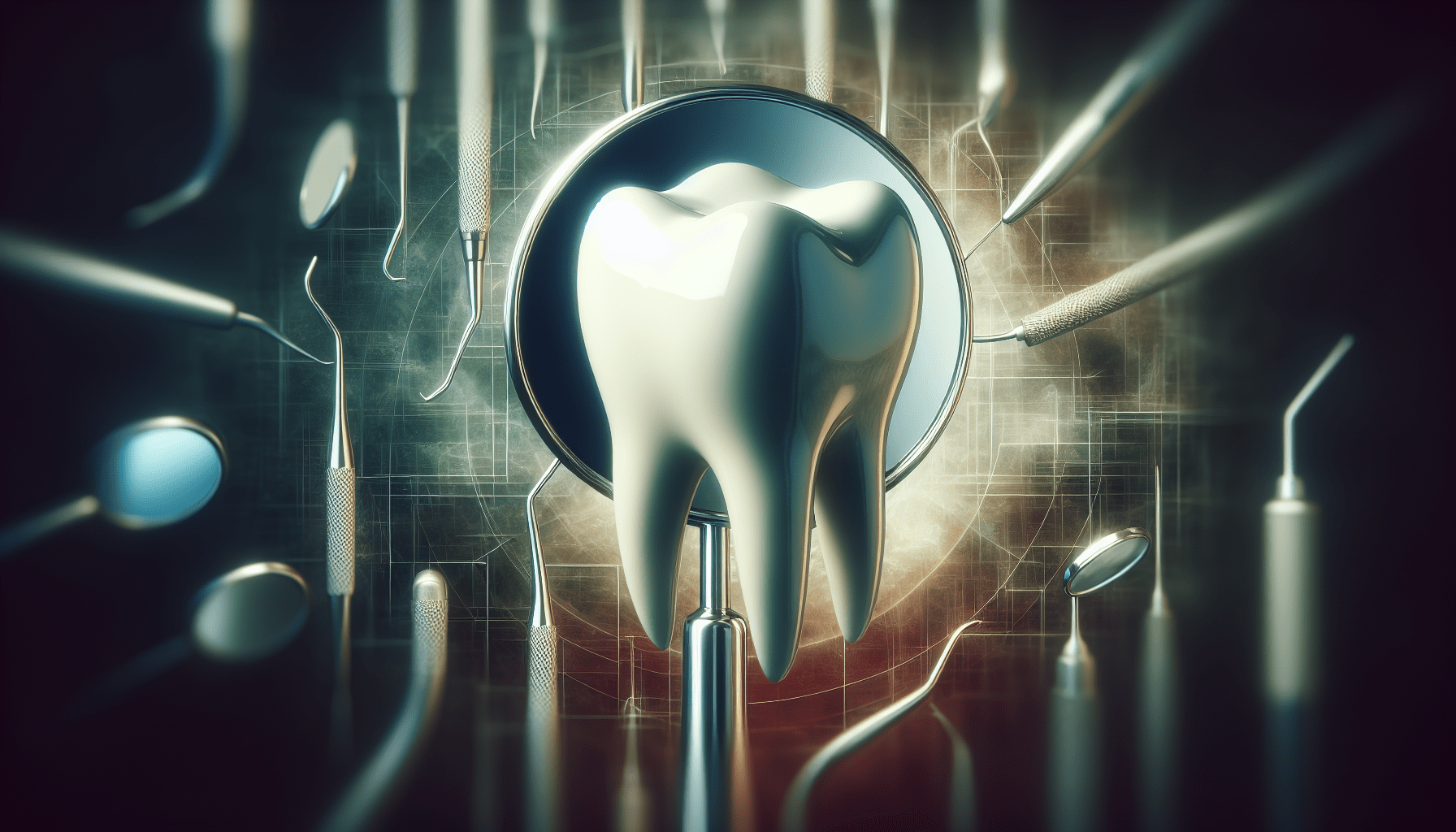
Concluding Thoughts
Untangling dental problems requires a comprehensive approach, combining preventive measures, effective treatment solutions, and lifestyle changes. By understanding common dental issues, implementing preventive strategies, and engaging with advancements in dental care, you can significantly enhance your oral health.
Prioritize your dental health, stay informed, and seek regular professional advice. Doing so will lead to a healthier mouth and contribute positively to your overall well-being.
